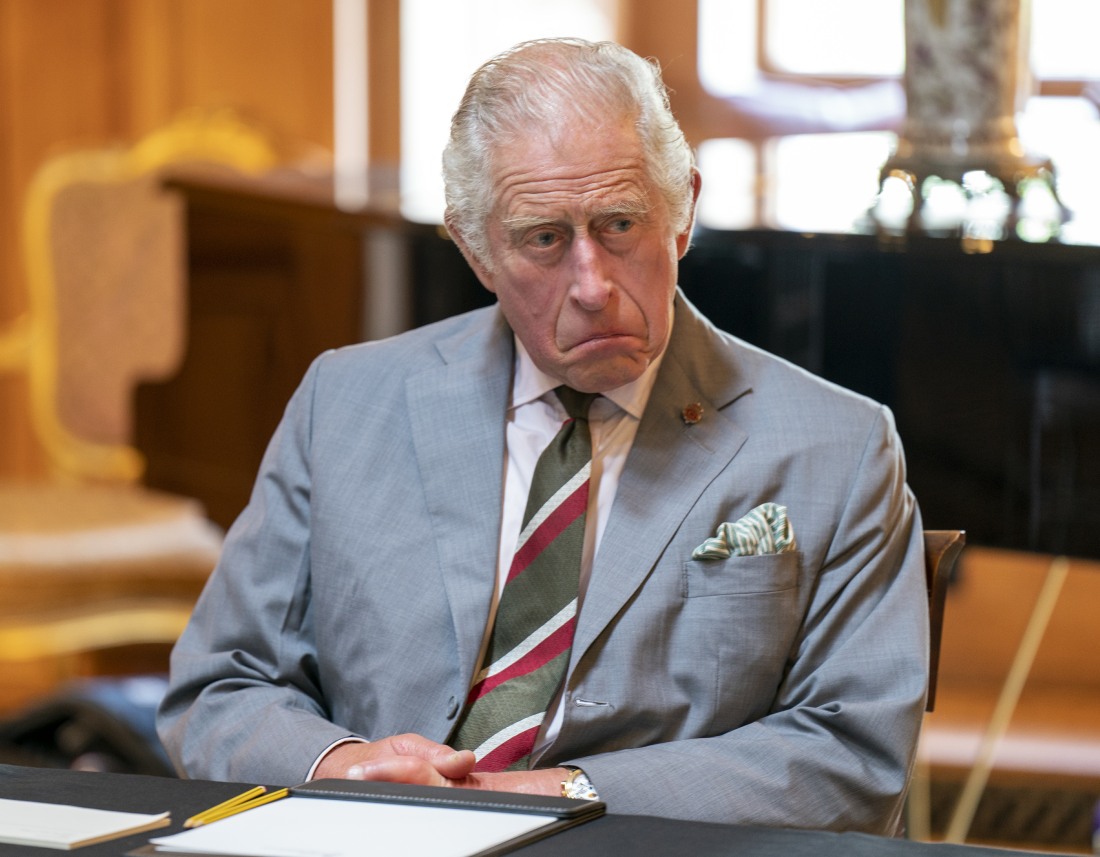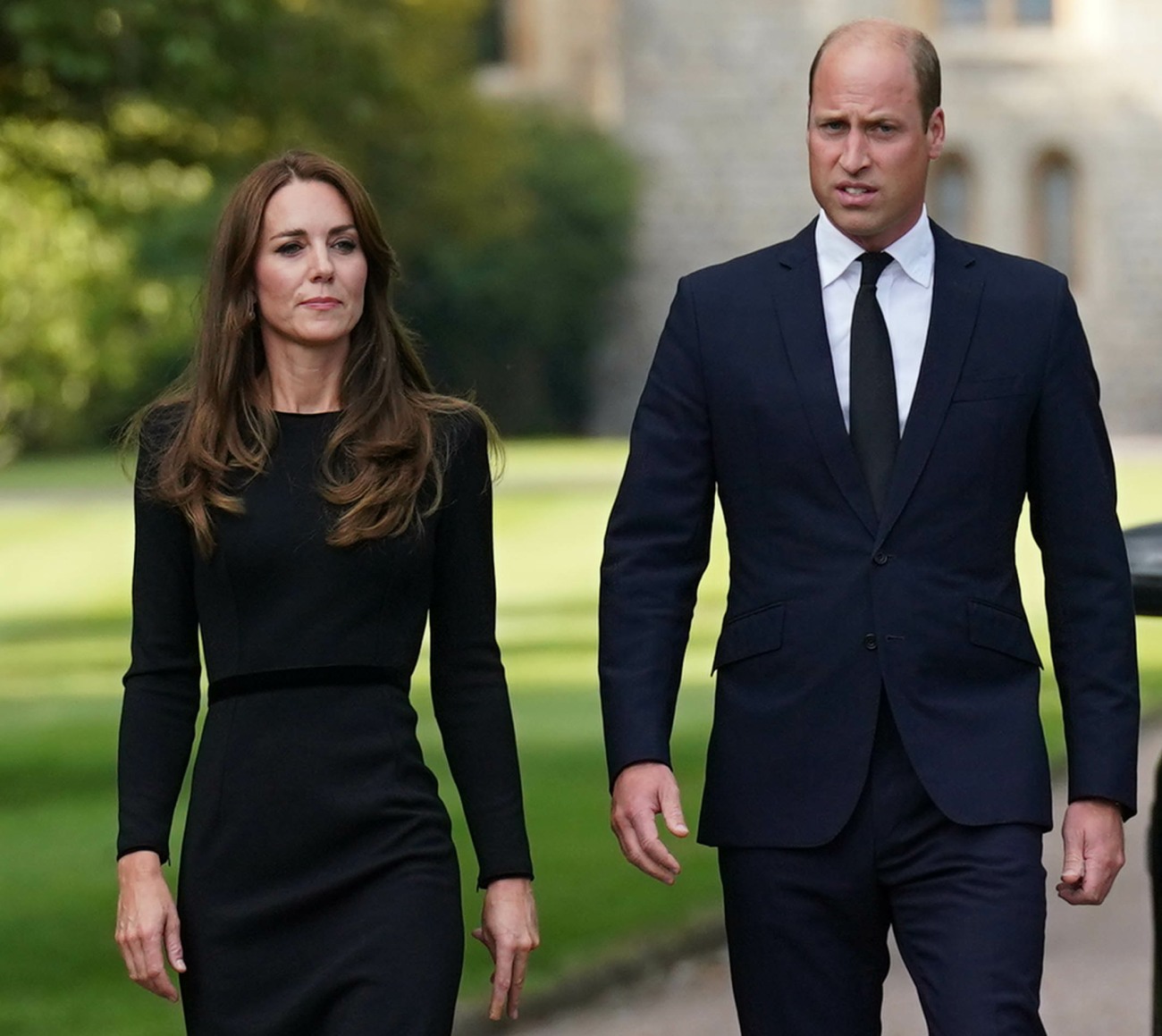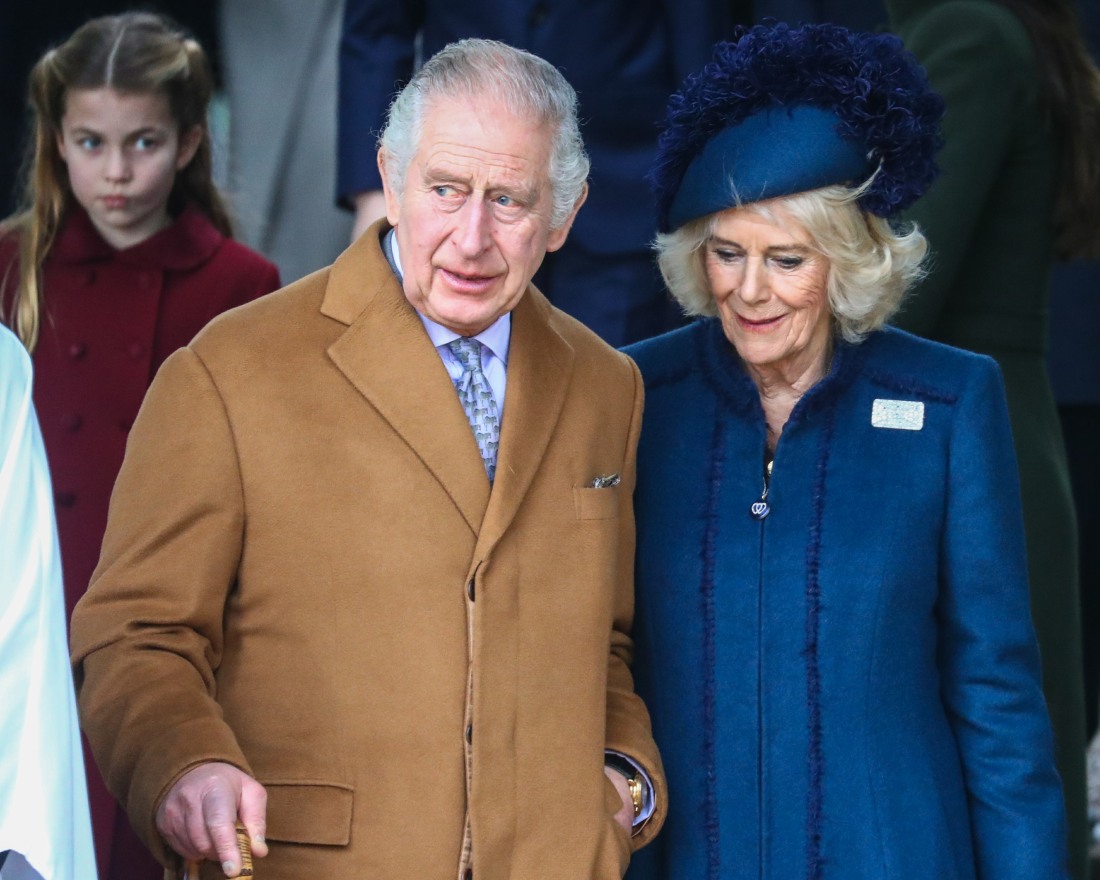
Before QEII passed away, then-Prince Charles would often have his courtiers brief the media about his many plans for his first years as king. Charles had so many plans, and many of those plans involved the real estate shuffle. Now that Charles is king, he now has a hodge-podge portfolio of twelve pieces of significant real estate, some of them owned by the state (Buckingham Palace, Windsor Castle, Clarence House), some of them owned privately (Balmoral, Birkhall, Sandringham), some of them owned by his foundation (Castle Mey, Dumfries House) and some owned by the Duchy of Cornwall (Highgrove). He is giving up his Welsh estate, and that’s it. Instead of simply acknowledging that he probably shouldn’t spend his reign constantly visiting all of his estates, palaces, castles and mansions, Charles is apparently putting up a huge fight because he wants to keep all of them to himself. Some highlights from the Telegraph:
After giving up his Welsh property, Charles has twelve residences: After owning it via the Duchy for 16 years, the King had decided that Llwynywermod should no longer be part of his property portfolio, which had grown to eight residences on the death of Queen Elizabeth II. It prompts the obvious question of whether His Majesty will be giving up any of his other homes, and of where he and the Queen intend to spend their time. As well as Buckingham Palace, Windsor Castle, Sandringham and Balmoral, he has Highgrove, Birkhall and Clarence House, all of which he regularly uses. And that’s not to mention his holiday home in Romania; the Castle of Mey and Dumfries House in Scotland, properties owned by his charity where he also stays; or the Queen’s family home at Ray Mill in Wiltshire.
The king’s homes are an issue: “It’s an issue that needs to be addressed,” said one royal source. “The strategic thinking hasn’t been fully worked through yet, because there have been other priorities such as the Coronation.”
Charles doesn’t want to give up any other homes though: Any thoughts of the King handing in the keys to Highgrove, Birkhall or Clarence House, however, would be premature, at least in the short term. Instead, he is determined to find ways to make them viable both for himself and for the taxpayer, with the “direction of travel” being towards much more public access to several of the residences so they can pay their way.
His favorite homes are Birkhall and Highgrove: Having expended decades of thought and energy refining these grand homes into his own personal sanctuaries, he is understandably reluctant to walk away from them at the age of 74. So while Queen Elizabeth II and her court processed between Buckingham Palace, Windsor, Balmoral and Sandringham, the King intends to live a far more itinerant life, spending time each year at no fewer than 12 residences.
The Buckingham Palace refurbishment means he doesn’t have to move in for years: The £370 million refurbishment, which includes replacing wiring, water pipes and the heating system which all date back to the 1950s, will not be completed before 2027, giving the King another four years before he will be under any pressure to move back into his official residence. At that point he will struggle to justify retaining his own living quarters at Clarence House, which could be passed on to the Princess Royal or the Duke and Duchess of Edinburgh, who already have apartments in St James’s Palace, which is effectively part of the same building. Birkhall and Highgrove, though, seem to be non-negotiable.
Highgrove & Dumfries: The King uses his private income to rent Highgrove from Prince William’s Duchy of Cornwall, meaning it is not taxpayer-funded. The gardens are open to the public, raising money for the Prince’s Foundation, which provides training in the sort of heritage skills showcased at Dumfries House, the 18th-century manor he restored in Ayrshire. He stays at Dumfries House two or three times each year, which his supporters say helps to inject “drive and commitment and expertise” to the project, which not only saved a historic house and its contents for the nation, but is also keeping alive rare traditional skills that might otherwise die out. Dumfries House is owned by the Prince’s Foundation, which is headquartered there. The Foundation also owns the Castle of Mey, where the King and Queen stay for a short period every summer, and which is open to the public at other times.
Seriously, he doesn’t want to give up all of these homes: The King is fully aware that having access to so many residences could be seen by some as an extravagance, but he believes that having a tangible royal connection is important to their future….As for Birkhall, which is the King’s personal property as part of the Balmoral estate, he has no intention of changing his habit of staying there every summer, and using Balmoral itself for family gatherings and for hosting prime ministers and other VIP visitors. But, like so many other owners of stately homes, he is prepared to allow greater numbers of paying visitors when he is not in residence, to help cover its costs.
He thinks opening up properties to tourism is the solution: “Ways are being actively explored to widen public access to Buckingham Palace and to other royal residences, Balmoral being one,” said a senior royal source. “In any royal home or palace there are lots of things to consider in terms of making sure facilities are there for public access while preserving the fabric of the historic building, but the principle is certainly there.”
Whether he’ll allow William & Kate to move into Windsor Castle: Speculation in some quarters that the Prince and Princess of Wales would move into Windsor Castle has proved wide of the mark, partly because they are happy living in their relatively modest family home on the Windsor estate, and partly because the King never had any intention of giving it up. As well as staying there for official engagements, he likes to hold “dine and sleep” evenings, where he gets an eclectic mix of guests together for a dinner party after which they stay the night in the castle’s guest rooms.
This is truly insane: While the late Queen Elizabeth would typically stay at Windsor from Thursday until Monday morning and at Buckingham Palace on Monday, Tuesday and Wednesday nights, the King is likely to use Windsor as a staging post on his way to Highgrove at weekends (or Ray Mill for the Queen, where the King sometimes joins her), while he is likely to spend many weekdays on official visits up and down the country. For now, at least, Buckingham Palace, Windsor Castle, Balmoral, Sandringham, Clarence House, Birkhall, Highgrove, the Palace of Holyroodhouse in Edinburgh, Dumfries House, the Castle of Mey, Ray Mill and Zalanpatak all remain home sweet home for their Majesties.
[From The Telegraph]
I mentioned at the start that Charles used to have all of these plans about how he would parcel out all of these properties… and then he became king and decided that he wanted everything. Seriously, he can’t even commit to giving up Windsor Castle to the Keens!!! That’s insane when you think about it, given all of his other properties. Now, I get that he has sentimental attachments to Highgrove and Birkhall, but… like, wouldn’t it be smarter to ensure that there are royal residents in all of these properties as often as possible? And what I keep thinking about is how Charles made a point of evicting the Sussexes from that dilapidated shack, Frogmore Cottage. Charles could have said: please, your family should take over Castle of Mey or Sandringham or whatever. But no, Charles wants all of it for himself.
I bet Will & Kate really thought they would get Windsor Castle too.


Photos courtesy of Avalon Red, Cover Images, Instar.
Source: Read Full Article


